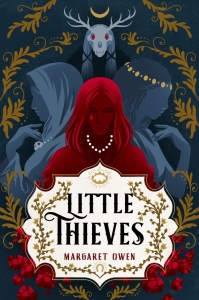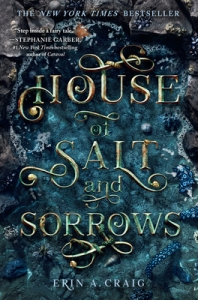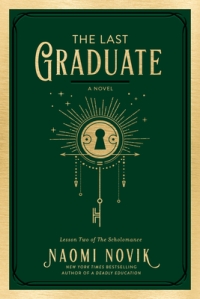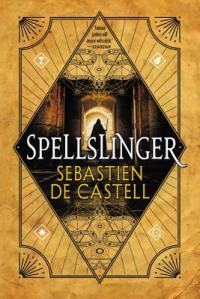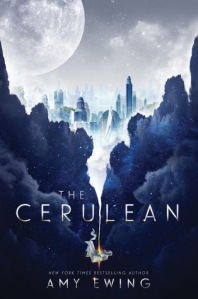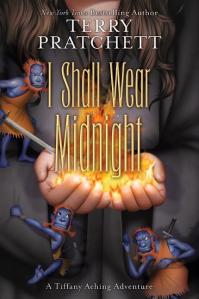Title: Red Sister
Series: Book of the Ancestor #1
Author: Mark Lawrence
Genre: Low Fantasy
Trigger Warnings: Blood (severe), death (severe), death of children, injury, child abuse, abandonment, animal cruelty, animal death, gore, bullying, ableism
Back Cover:
I was born for killing – the gods made me to ruin.
At the Convent of Sweet Mercy young girls are raised to be killers. In a few the old bloods show, gifting talents rarely seen since the tribes beached their ships on Abeth. Sweet Mercy hones its novices’ skills to deadly effect: it takes ten years to educate a Red Sister in the ways of blade and fist.
But even the mistresses of sword and shadow don’t truly understand what they have purchased when Nona Grey is brought to their halls as a bloodstained child of eight, falsely accused of murder: guilty of worse.
Stolen from the shadow of the noose, Nona is sought by powerful enemies, and for good reason. Despite the security and isolation of the convent her secret and violent past will find her out. Beneath a dying sun that shines upon a crumbling empire, Nona Grey must come to terms with her demons and learn to become a deadly assassin if she is to survive…
Review:
I was trying to come up with a catchy introduction, maybe something about why I picked up this book or why there are so many books about nunneries training nuns to fight and/or kill. But I couldn’t think of anything really creative, so let’s just say this: I love this book.
Nona is angry. She is so full of rage – and honestly, she has every right to be. Everyone in her village hated her, her mother sold her into slavery, she was sentenced to death for trying to protect her friend, and the abbess who saved her from the gallows expects her to be grateful even though she didn’t bother to save her friend from hanging too. The book never condemns her for being angry, and in many places her rage is a gift that helps her, and I love that. She also gets some stellar character growth, learning what it means to have friends and be a friend. (Considering her struggles with understanding interpersonal relationships and how similar they are to mine, I headcanon her as autistic. The book itself never makes any such diagnosis, though, if autism even exists in this world.)
If I took time to discuss every single side character in this story, we’d be here all day, but each and every one of them was great. Every girl in Nona’s core friend group has her own personality without relying too heavily on tropes. Even the more minor characters felt like fully-realized people in their own right, with hopes and dreams and goals and fears, and (with the exception of two minor antagonists, one of which became less of an antagonist in the end) they were all likeable.
This world is fascinating, and the worldbuilding is done spectacularly. The entire world is almost entirely frozen, and the ice threatens constantly to take everything. The heat of the moon warms a narrow strip around the middle of the world – known as the Corridor – which is where most people live. Long ago there were four different tribes with different gifts, and when they migrated to the Corridor for safety they intermingled. Though rare, their gifts can show up with varying degrees of power in some people. There is so much more that I could talk about and even more that I have probably forgotten. This is a stunningly complex and fully-realized world.
You get no real idea about what the story is actually about from the back cover. The powerful people after Nona aren’t just the nobleman she hurt and his father, who have a grudge against her because she wasn’t hanged. There is a prophecy about a person with all four tribes’ gifts who will be able to do something important. There’s learning and training and facing challenges in the Sweet Mercy convent as Nona goes through her studies. There some politics happening outside the convent. And there is blood and violence and magic.
Nona’s magic helps her fight, and she is deadly. She was born to killing. If you like stories about protagonists who are supernaturally good at violence, who surprise everybody else with their sheer power to deal out death, and who are holding back their true power until the climax when they are forced to reveal it, you will love Nona and this story.
I am not getting across all the fantastic things about this book. It has action and violence and supernatural powers, yes, but it’s also about friendship and the uses of prophecy and how thinking differently can be the answer. I adored every single thing about this book, and I am absolutely going to read book two. I love this world, I adore Nona herself, it combines thrilling violence with poignant themes, the side characters are great, and I really, really want more.
The Book of the Ancestor series:
- Red Sister
- Grey Sister
- Holy Sister



